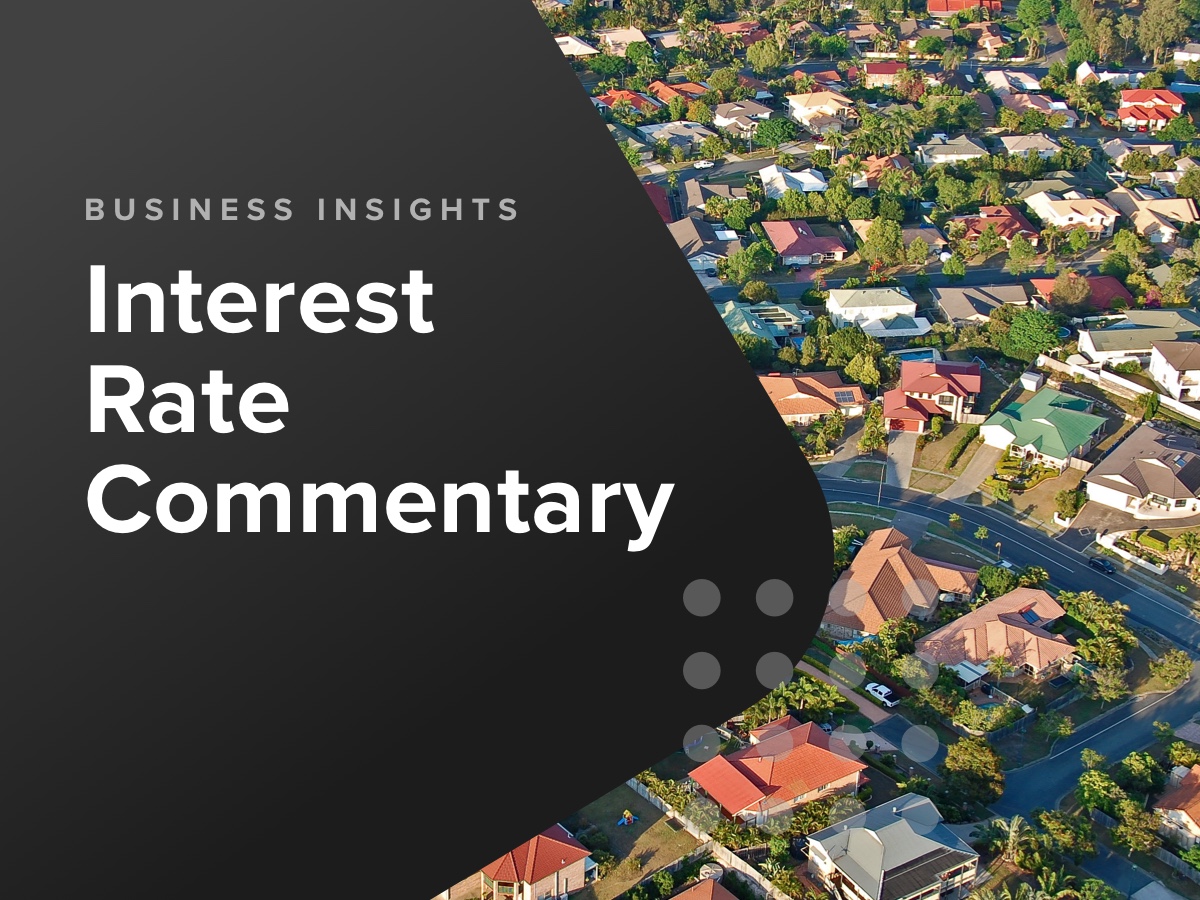Today’s labour force data points to a continued slow down in the economy, with the unemployment rate rising by 0.1 per cent to 4.1 per cent, seasonally adjusted. While care should be taken in reading the January data, given many workers are on annual leave or starting new jobs in February, the rise in unemployment and large fall in monthly hours work does support CreditorWatch’s January BRI data, which shows a steady decline in the average value of B2B invoices over 2023 and into January 2024. Over the year to January 2024, the number of unemployed people has increased by 14.9 per cent, while the number of employed people has increased by 2.6 per cent. Given the large increase in population, there is clearly much more ‘slack’ in the labour force now than even one year ago, and many more people either looking for work or looking for more hours. The employment to population ratio is now at 64.1 per cent, the lowest level since April 2022, although this is still considerably higher than pre-COVID levels.
Given slowing business conditions, and a continued reduction in average value of invoices, we expect the unemployment rate to continue to track upwards over the next six months. The good news for borrowers is that should this occur, the Reserve Bank of Australia (RBA) is more likely to reduce the cash rate before the inflation rate gets back into the target band in order to protect employment levels.

Get started with CreditorWatch today
Take your credit management to the next level with a 14-day free trial.

